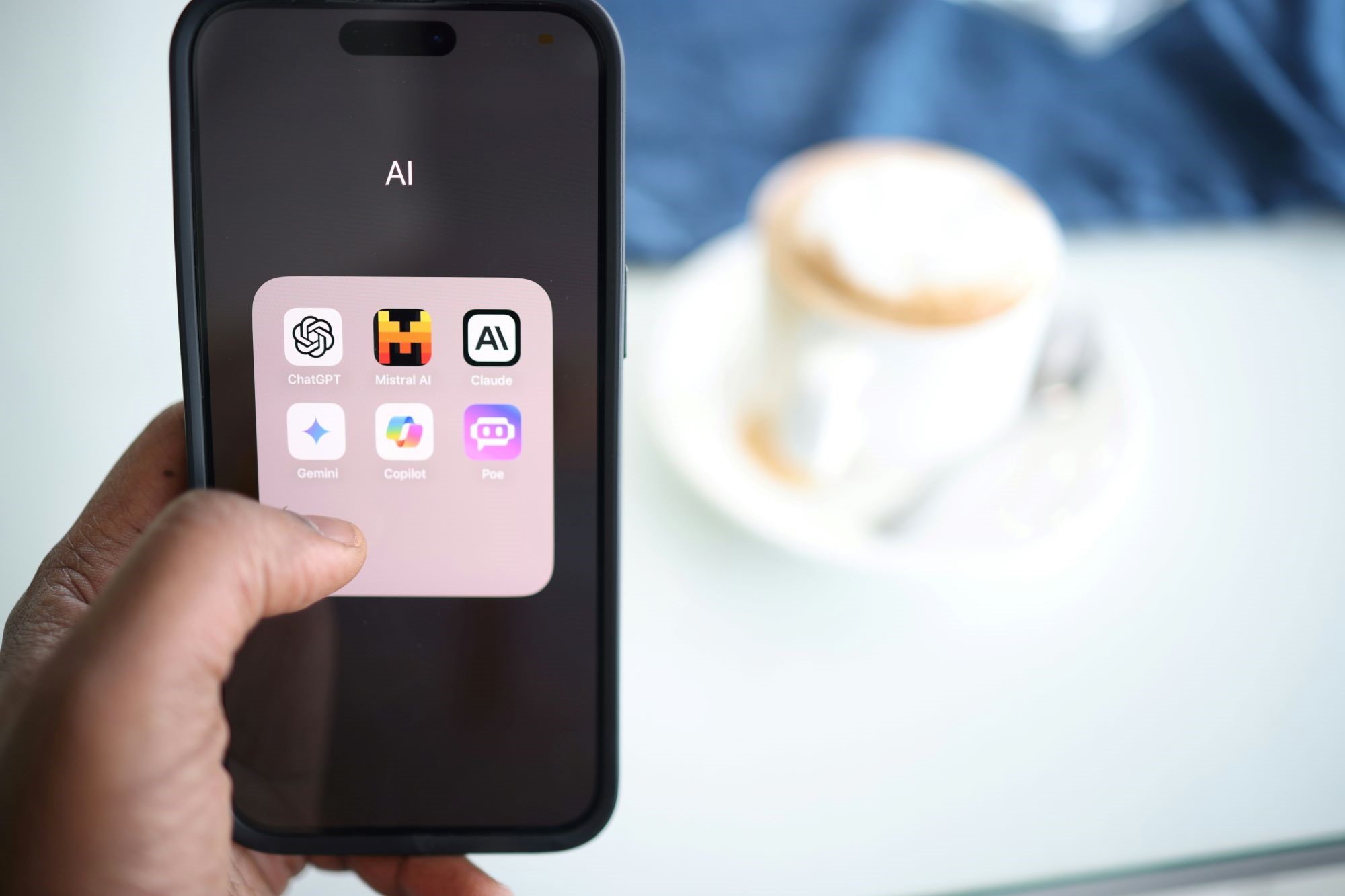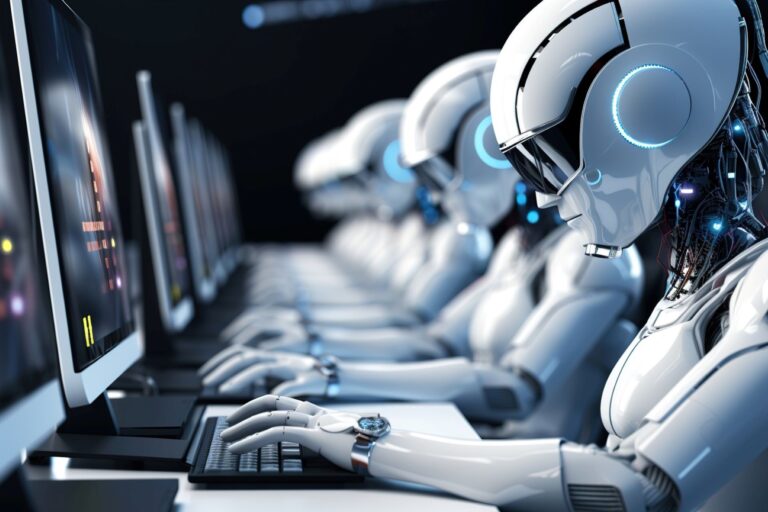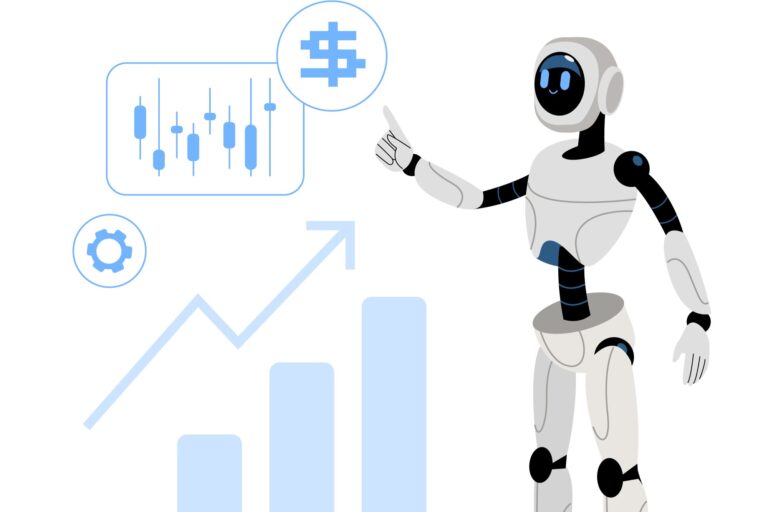How do you get an AI bot?
The advent of artificial intelligence (AI) has revolutionized various sectors, introducing capabilities that were once thought impossible. AI bots, or simply “bots,” which utilize AI technology to automate tasks and simulate human interactions, are at the forefront of this technological wave. This article explores the nature of AI bots, their uses, and detailed guidance on how to acquire and implement one effectively.
What Is an AI Bot?
AI bots, short for artificial intelligence robots, are advanced software applications designed to automate certain tasks and interact with users through human-like behaviors. These digital entities employ technologies such as machine learning, where the bot learns from data patterns and interactions to improve its responses over time, and natural language processing (NLP), which enables them to understand and generate human language. This combination allows AI bots to not only comprehend requests but also engage in conversations that are strikingly similar to interactions with a human being.
The versatility of AI bots is evident in their wide range of applications. On the simpler end of the spectrum, there are chatbots embedded in retail websites, providing customers with instant responses to frequently asked questions or guiding them through a product selection process. On the more complex side, AI bots are integrated into business ecosystems, where they manage tasks like scheduling, email communications, or even customer relationship management. These sophisticated systems can analyze large volumes of data to make predictions or decisions, helping businesses streamline operations and improve service delivery.
Key Uses of AI Bots
AI bots have become pivotal in several areas of business and technology, due to their ability to automate complex processes and interact intelligently with users. Below are some of the key uses of AI bots:
Customer Service
AI bots revolutionize how businesses handle customer interactions by automating customer service functions. These bots can respond to inquiries round the clock, providing immediate assistance to customers regardless of the time of day. This is particularly valuable for global businesses that need to manage customer support across different time zones. Additionally, AI bots can handle a vast number of queries simultaneously, reducing wait times and improving customer satisfaction. They can be programmed to escalate more complex issues to human agents, ensuring that customers receive the level of care needed while freeing up human agents to handle more nuanced interactions.
Data Analysis
In the realm of data analysis, AI bots play a critical role by processing and analyzing large sets of data quickly and accurately. They use machine learning algorithms to identify patterns, trends, and insights that might be missed by human analysts. This capability is incredibly beneficial in industries like finance, healthcare, and marketing, where making data-driven decisions is crucial. AI bots can continuously learn from new data, improving their analysis over time, which helps businesses adapt to market changes more swiftly.
Automation of Routine Tasks
AI bots are also instrumental in automating routine and repetitive tasks. This includes activities such as scheduling appointments, sending follow-up emails, or updating records. By automating these tasks, AI bots help to enhance the efficiency of workflows, reduce the potential for human error, and allow employees to focus on more strategic activities. This not only boosts productivity but also helps maintain employee motivation by reducing the monotony associated with repetitive tasks.
Factors to Consider Before Getting an AI Bot
Before integrating an AI bot into your operations, several critical factors must be evaluated to ensure that the technology aligns with your business needs and capabilities. These considerations will help you make a more informed decision and maximize the effectiveness of the AI bot once implemented. Below is a detailed breakdown of these key factors, formatted in a table for clarity.
| Factor | Description | Questions to Consider | Potential Impact |
| Purpose and Objectives | Before acquiring an AI bot, it’s crucial to clearly define what you expect it to achieve. This could range from automating customer service interactions to handling complex data analysis tasks. Knowing the purpose will guide your choices in terms of the bot’s design and functionalities. | What tasks do I need the bot to perform? Are there specific goals the bot should help achieve? | Aligning the bot’s capabilities with intended goals ensures effective usage and better ROI. |
| Budget | The costs associated with AI bots can vary significantly based on whether you opt for an off-the-shelf product or a custom-built solution. It’s important to evaluate the initial costs as well as ongoing expenses such as maintenance and updates. | How much am I willing to invest in an AI bot? What is the expected maintenance cost? | Proper budgeting prevents overspending and helps in achieving cost-efficiency. |
| Integration Capabilities | Ensuring that the AI bot can seamlessly integrate with your existing systems is vital for its success. The bot should be compatible with your current software and able to communicate with other tools or platforms used by your business. | Can the bot easily integrate with my current systems? Will I need additional infrastructure? | Smooth integration is crucial for the bot’s performance and reduces disruptions to existing processes. |
By examining these factors in detail, you can determine whether an AI bot is a right solution for your needs, and you’ll be better equipped to select and implement a system that truly benefits your organization. It’s also advisable to engage with IT professionals and potentially run a pilot project to test the AI bot’s efficacy before full-scale implementation.
Developing a Custom AI Bot
For businesses or projects with unique requirements that generic, off-the-shelf AI bots can’t adequately address, opting to develop a custom AI bot can be a more effective solution. This approach allows for the creation of a bot tailored to specific operational needs, whether it’s to handle unique customer service scenarios, integrate with uncommon systems, or carry out specialized tasks that are not covered by standard solutions. The process of creating a custom AI bot begins with identifying the precise needs and the specific gaps that the bot is intended to fill. This step is crucial as it guides all subsequent development phases, ensuring that the final product is perfectly aligned with business objectives.
The development of a custom AI bot typically involves collaborating with skilled developers or contracting a specialized AI development company that has expertise in building bespoke solutions. These professionals have the technical know-how and experience to design, program, and deploy AI systems that can operate effectively within the unique ecosystem of a business.
During this phase, it’s important to maintain open lines of communication with the developers to ensure that the bot evolves in accordance with your expectations and requirements. Moreover, clearly defining the scope and functionalities of the bot at the outset is essential. This includes detailing the tasks the bot will perform, the interfaces it will interact with, and the level of autonomy it should have. A well-defined scope helps prevent scope creep, reduces development time, and ensures that the project stays within budget.







